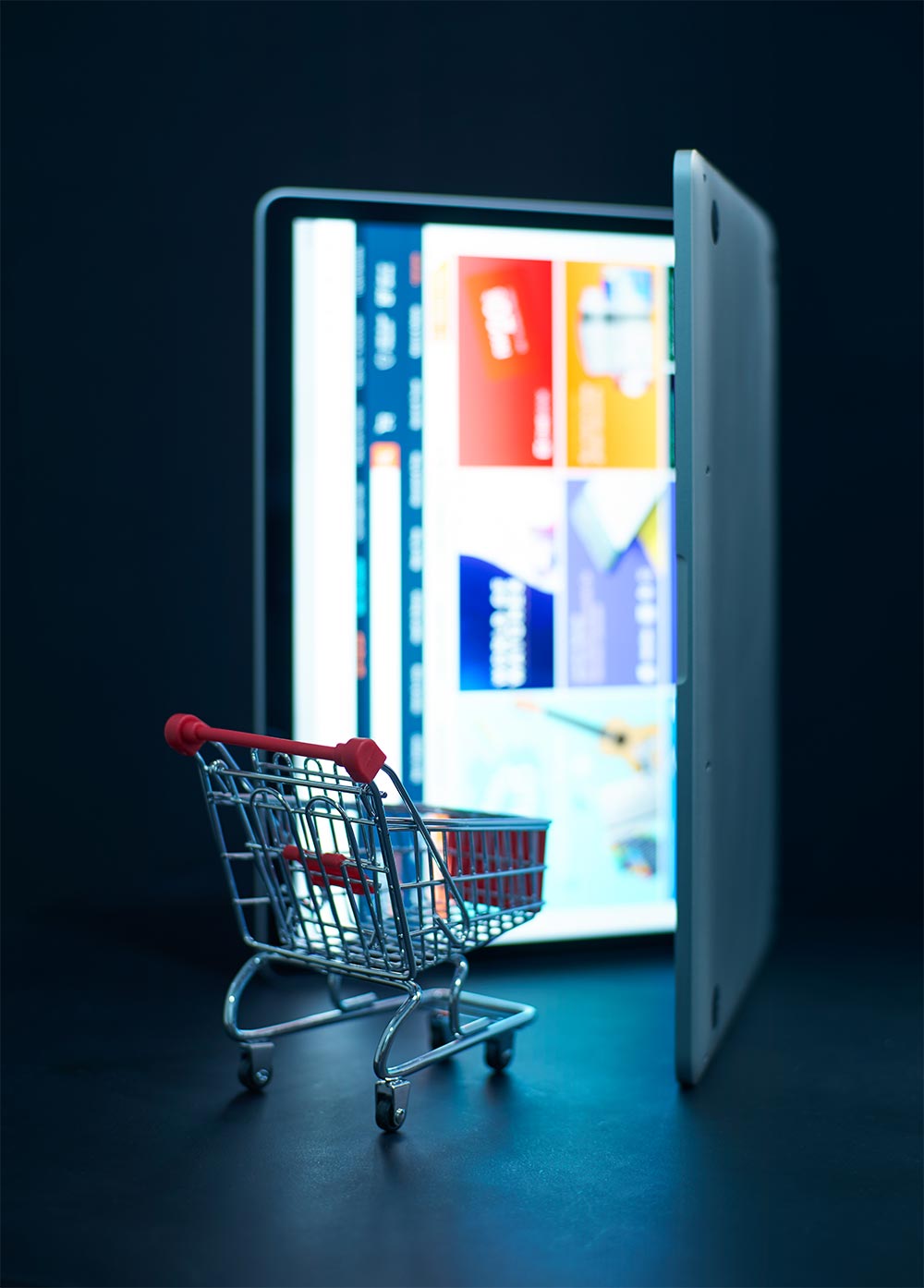If you’ve ever bought something online only to discover it looks nothing like the photos (hello, questionable purchases), you’re not alone. According to Google’s Consumer AR Survey, 66% of people say they are interested in using AR for help when shopping. This isn’t just a passing trend – Shopify’s research shows that 42% of customers are more likely to purchase a product they can preview in AR, and Nielsen’s global survey identified augmented and virtual reality as the top technologies consumers are seeking to assist them in their daily lives.
The momentum is building: by 2025, nearly 75% of the global population and almost all smartphone users will be frequent AR users. So, as traditional online stores grapple with flat product images and basic descriptions, how do you recreate the tangible experience of in-store shopping in a digital environment?
The Digital Divide: When JPEGs Just Don’t Cut It
Let’s face it: shopping online can feel like going on a blind date set up by your well-meaning best friend. The profile picture looked great, but in reality… well, we’ve all been there. This digital disconnect isn’t just frustrating for shoppers—it’s a massive headache for businesses too. With 70% of shopping carts abandoned before purchase and 55% of products returned because they “looked different in person” (sound familiar?), it’s clear that traditional e-commerce has a serious case of expectation versus reality.
The Power of Immersive Demonstrations
When AI-driven personalization meets immersive 3D experiences, the results are compelling. According to the latest implementation data, e-commerce businesses using advanced 3D product demonstrations are seeing:
- Up to 30% higher conversion rates through AI-enhanced customer interactions
- A 25% reduction in return rates when customers can fully explore products in an immersive environment
- An average of 20 hours saved per week on customer support.
With 3D visualization, customers can now examine products from every angle, zoom in on ingredient lists, in the supplements industries, and actually understand what they’re buying. Customer understanding of ingredient benefits has improved by 58%—turns out people are more likely to buy something when they know what it actually does.
The beauty industry was one of the first to jump on this bandwagon, and the results are nothing short of remarkable. Virtual try-on experiences have slashed return rates by 36%, probably because people can now see that neon green eyeshadow might not be their best life choice before making the purchase.
But what if your customers could bring the fitting room to their screens and finalize the purchase in just a few clicks? That’s where virtual try-ons and digital product visualization step in, changing how customers interact with products in the digital space. According to a recent survey, 44% of respondents have used virtual try-on features while shopping on retail sites, with an impressive 69% of them purchasing the product either online or in-store as a result.
This isn’t just about convenience—it’s about giving customers the confidence to make informed purchasing decisions from the comfort of their homes.
Getting Started: A Practical Approach
Implementing 3D technology doesn’t have to be overwhelming. The key is starting strategically—begin with products that have the highest return rates or those that typically require detailed customer inquiries. By focusing on these high-impact items first, you can measure results and scale based on what works best for your business.
Looking Ahead: The Future of E-commerce
As we advance into 2025 and beyond, interactive product demonstrations are becoming an expected part of the online shopping experience. IDC‘s prediction that 30% of G2000 companies will embrace interactive 3D models shows this isn’t just a trend—it’s the next evolution in digital commerce. The ability to virtually experience products before purchase is transforming from a nice-to-have feature into a competitive necessity.
The Bottom Line
The gap between online and in-store shopping experiences continues to narrow through innovative visualization technologies. While traditional e-commerce relied on faith and imagination, today’s customers can make informed decisions through immersive product experiences.
The question isn’t whether to adopt 3D technology, but how to implement it effectively to stay ahead in an increasingly digital marketplace.
Remember: in a world where customers expect more from their online shopping experience, providing detailed product visualization isn’t just about reducing returns—it’s about building trust and confidence in every purchase decision. Reach out to us, and let’s explore how we can turn your website into a powerful driver of business growth.


